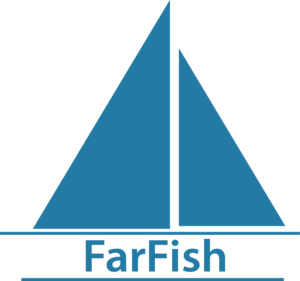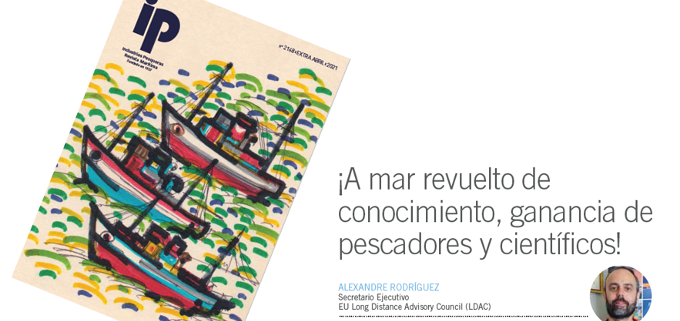FarFish presented in the Spanish industry journal Industrias Pesqueras
Alexandre Rodríguez from the LDAC, one of the FarFish Consortium members, has published in a special edition of Industrias Pesqueras (main fisheries industry journal in Spain) an interesting article referring some good practices initiatives developed by fisheries operators. These initiatives highlight the collaboration between fishermen and scientists, and all the achievements that we can achieve together. All three operators mentioned are FarFish collaborators in several levels, as partners in the case of Opromar and as advisory experts in the case of both Orpagu and Opagac. As the article is in Spanish, please find below a small summary of the initiatives described:
FAD-WATCH was the first multisectorial initiative at a global level, developed to prevent and mitigate the stranding of FADs in beaches and coral reefs. It was developed in the Seychelles, with the collaboration of Opagac, local NGOs and Seychellois authorities. As a result, around a hundred FADs were intercepted, and the information was then used to design an improved FAD system that reduced their strandings up to 41%.
Orpagu carried out training courses to their crew with the help of Submon, with the aim of increasing the survival of sea turtle bycatches. These training courses included techniques on how to safely remove hooks from the animals and how to manipulate them. The work, mainly done in Cabo Verdean waters, has led to the design and patent by the vessel crews of two devices that will help them safely lift the turtles from the water whilst hauling the catch.
FarFish ran a self-sampling project within the Mauritanian and Senegalese Case Studies with the assistance of Opromar, with the aim of improving the onboard identification of the two black hake species (M. polli and M. senegalensis). Three vessels participated, collecting a total of 358 samples with the fin clipping method following a protocol designed by CCMAR. The identification error was under 18%, with variations depending on depth and fishing area. The fin samples were visually identified and then sent to the University of Oviedo, that identified them genetically. Both identifications were then compared to check the accuracy of visual identification by the vessel crew. The results allow us to better understand data and communication gaps, and work towards their elimination.




